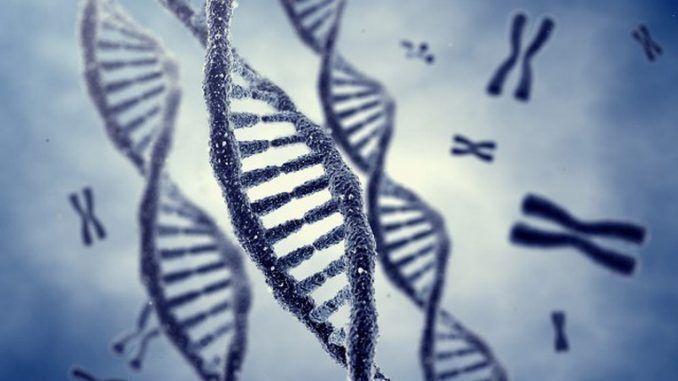What are deletions and microdeletions
During pregnancy it is normal to have doubts or uncertainties, and worry about how to take care of the best of the health of the unborn child. Under medical advice, the expectant mother can perform various tests to evaluate the health of the unborn child, choosing between prenatal screening tests, such as the fetal DNA test, or prenatal diagnostic tests, such as amniocentesis. Undergoing these tests is very important to identify any fetal chromosomal alterations, numerical or structural, and therefore find out in advance the condition of the child.
Chromosomes have the function of transmitting genetic material from parents to children and if they present numerical or structural alterations, they cause the so-called chromosomal abnormalities. These are distinguished in:
- numerical anomalies: if the subject has a single copy or more copies of the same chromosome, or does not have a chromosome at all (monosomy). The most common trisomies are due to anomalies in the number of chromosomes, as in the down or trisomy syndrome 21 (three copies, instead of two, of chromosome 21), in the Edwards or Trisomy 18 syndrome and in the Patau or Trisomy syndrome 13 1 ;
- structural anomalies: if one or more chromosomes lose structural integrity at the moment of cell division and translocations, duplications occur, deletions or microdelections of genetic material.
Deletions
The deletions are rare conditions due to the absence of a part of chromosome. Most of the time the absent portion is large (> 5 mb = megabases).
Turner syndrome affects women above all. It is a genetic pathology that in 95% of cases ends with a spontaneous abortion (95% of cases) and affects (worldwide) about 1 newborn every 2500 2 . Half of individuals with Turner syndrome has 45 chromosomes with a single X chromosome, while the other half has the short arm of the two X chromosomes or even structural anomalies of one of the two chromosomes x 2 .
The microdelection syndromes they occur when a small part of chromosome is missing (< Mb = Megabases) 1 . Based on the portion of the missing chromosome and its relative size, these alterations cause more or less serious syndromes.
Microdeletions cause:
- there Prader-Willi syndrome, caused by a microdeletion on chromosome 15q11 on the paternal side. The subject has slow development, is hypotonic, feeds with difficulty and during adolescence is much more likely to incur obesity and hypogonadism, intellectual disability and obsessive-compulsive behavior 1,3 ;
- there Wolf Hirschhorn Syndrome, due to the absence of a small portion of chromosome 4 in the 4p16 region; the symptoms are the delay in growth and motor development, mental retardation, the presence of particular connotations that make the face similar to a “Greek warrior helmet” 1 ;
- there Syndrome ofCri du chat, also known as “cat meow” syndrome due to the type of cry emitted by the baby, monotonous long and sharp; symptoms include microcephaly, altered dermatoglyphics, excessively flat and flattened nose, psychomotor retardation, severe mental retardation 1,4 ;
- there Digeorge syndrome, Also noteworthy as veil-tart-facial syndrome, or the pharyngeal bag, or thyme aplasia, which is due to the microdelection in 22q11.21; There are hypoplasia or absence of thyme and paratiroids, cardiac defects, reduced life expectancy 1.3 .
To check the possible presence of chromosomal anomalies, it is essential to undergo prenatal screening tests in pregnancy. The fetal DNA test, for example, is a non -invasive screening exam, to which the future mother can already undergo the tenth seventh of gestation. This examination allows you to identify the best-known trisomies, the alterations of sex chromosomes, and the microdelections at the base of diseases such as the cris-du-keath syndrome, Digeorge, Wolf-Hirschhorn.
The reliability rate of the fetal DNA test is 99.9% in the detection of syndromes due to deletions, microdes and other anomalies.


